As the title of the book implies, it deals with "Rendering" of animal tissues through an entirely new technology "Semi-moist Rendering" being the only one of its kind. In its present form, it is most suited for small throughputs of raw material and an ideal choice for developing countries. While this is so, it is possible to scale-up the technology for processing large quantities of raw materials as well; a complete chapter is devoted on this aspect. The book covers any conceivable aspect of rendering under its 17 chapters supported with 29 relevant references. The technology is low cost, zero waste, economically viable, environmentally clean and ecofriendly. There are only two main equipments needed which are simple in design and operation and can invariably be fabricated and can invariably be fabricated locally without dependence on importation. A variety of raw materials and products like hide, skin, hair, bone, tallow, meat meal, bone meal etc., are produced from the processing of animal byproducts which, unfortunately, are either waster or not optimally utilized in most of the developing countries. The Semi-moist Rendering technology provides an excellent opportunity to the developing world to "mimic" the gains which the developed world enjoys through the processing of animal byproducts. The book is a must read for all those connected with agricultural economy and environmental and will be of immense interest to professionals connected with disciplines like soil fertility, composting, vermiculture, farm produce, livestock, animal health, meat production, animal feed, pet food, poultry, fishery, piggery, hides, skins, leather making, veterinary sciences, biogas production, sanitation, policy makers, health and environment.
ABOUT THE AUTHOR Mahendra Kumar
After doing his post graduation in Leather technology from the University of Madras in 1958, Mr. Mahendra Kumar worked as Chief Technician in a leading Tannery and Export House in South India. His joining at the Central leather research Institute (CLRI), Madras as senior-Scientific Assistant in 1963 coincided with the newly created area of Animal Byproducts where he worked in different capacities for a period of over 31 years until his retirement in 1994 as Scientist G and as head of the Byproducts area and Bio-Sciences Division; he actively participated in the establishment of the Byproducts area. After joining CLRI, he worked on problems of applied nature with particular reference to animal based raw materials available in India and developing countries. This led to the development and commercialization of a number of value added products such as absorbable surgical catygut, collagen sheet, keratin hydrolyzate etc. etc. Mr. Kumar has done in-depth study of wastage of animal based byproducts and animals dying of natural death in developing countries and has wide experience, which he acquired working as U.N. Consultant to a number of countries in Africa and Asia and visits to many countries of Europe, Canada, USA, Japan, New Zealand and Australia. This background made him realize the large quantities of animal based raw materials being wasted in the developing countries; the most important reason for this situation being the absence of simple, affordable, economically viable and yet dependable technology as to be suitable under the prevailing conditions in the developing world. The present work report here is the result of this vast experience and realization. Mr. Kumar has authored 3, coauthored 1, and contributed chapters to 3 books published both from India and abroad. He has over 40 publications to his credit and holds 4 patents, 3 of which have been commercially exploited in India.

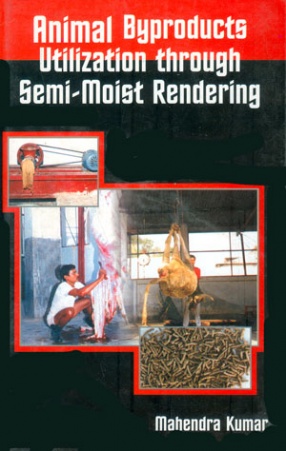
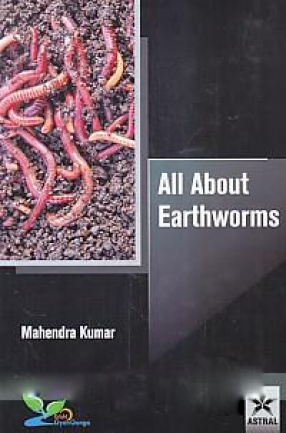

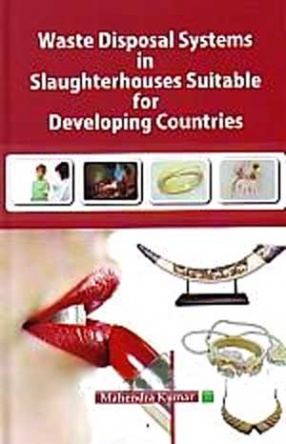
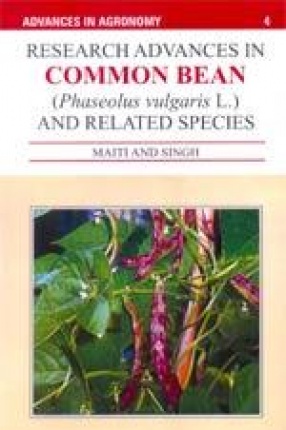

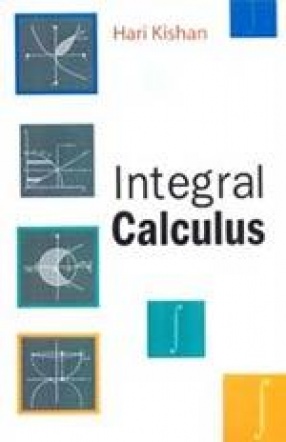
There are no reviews yet.